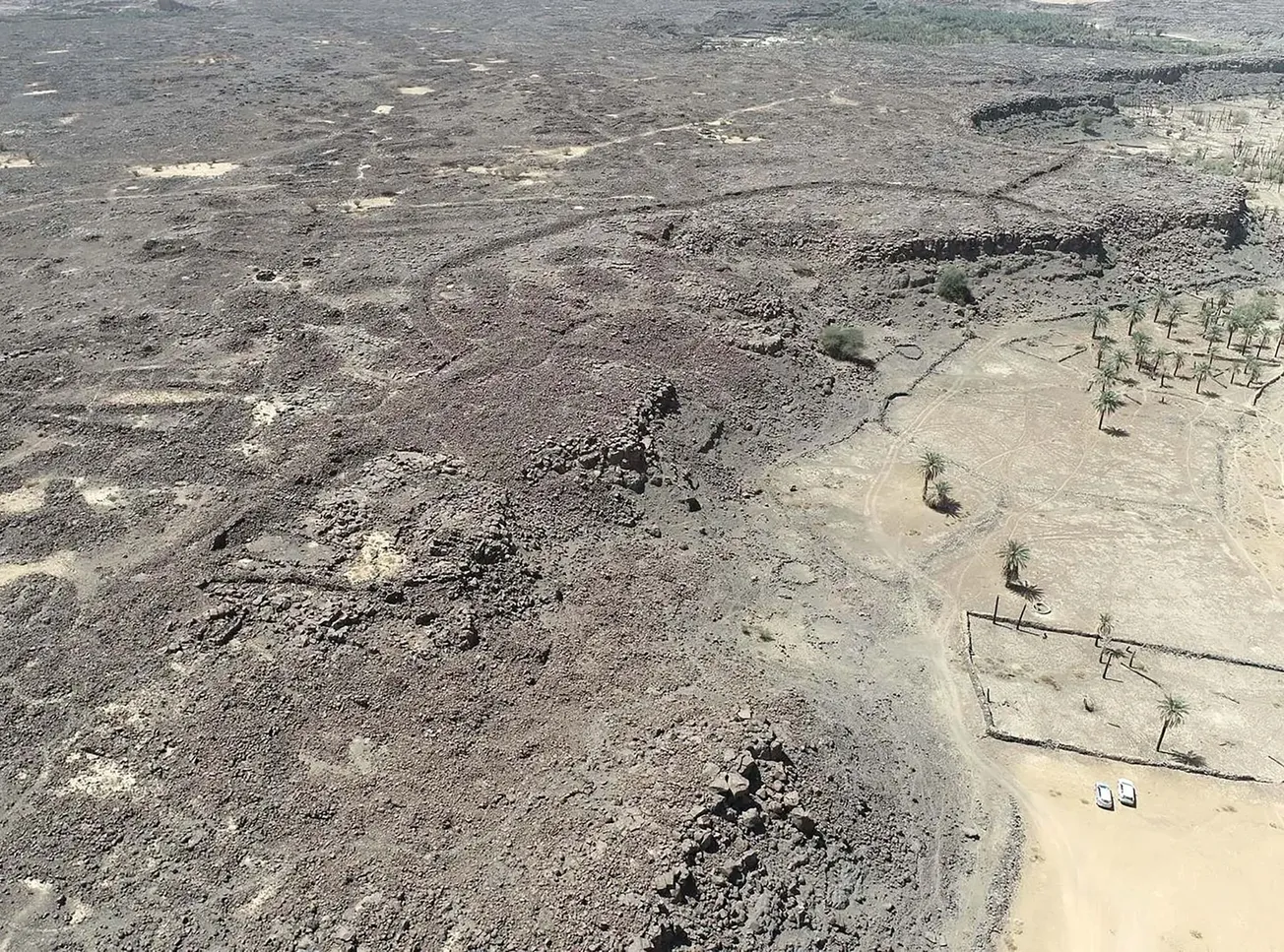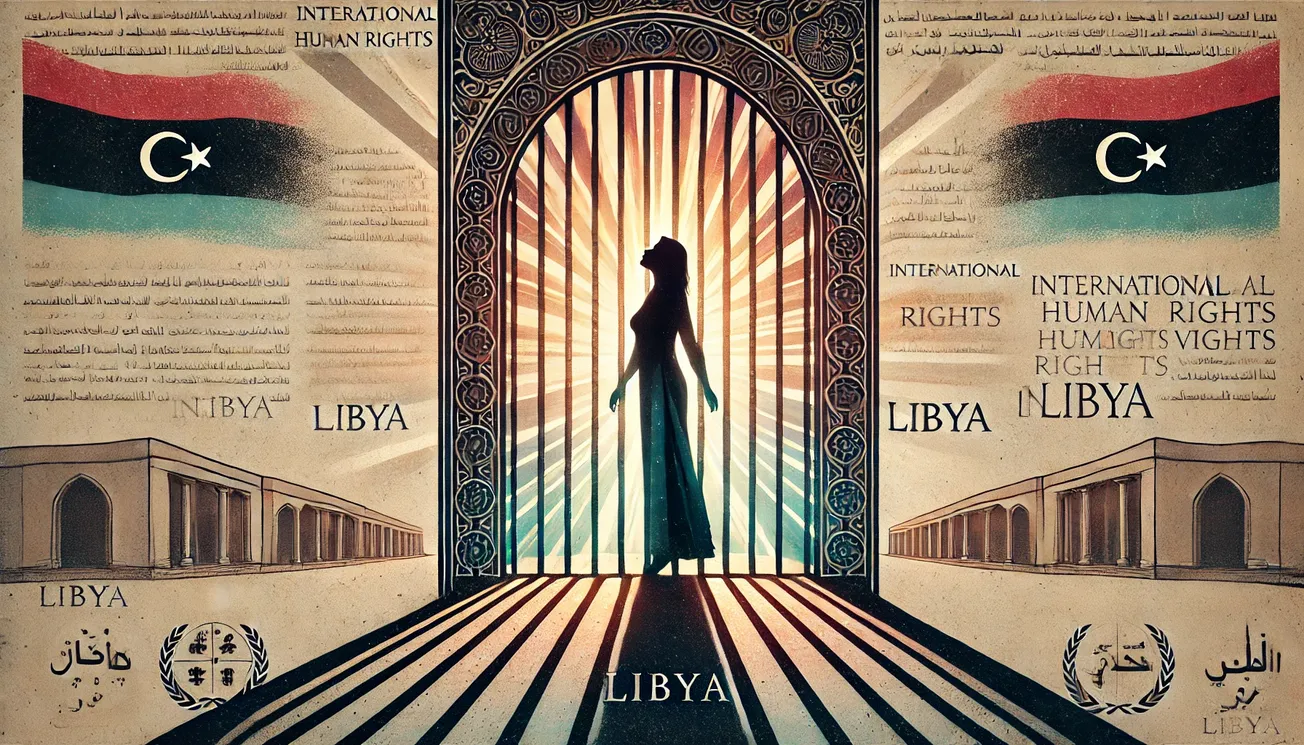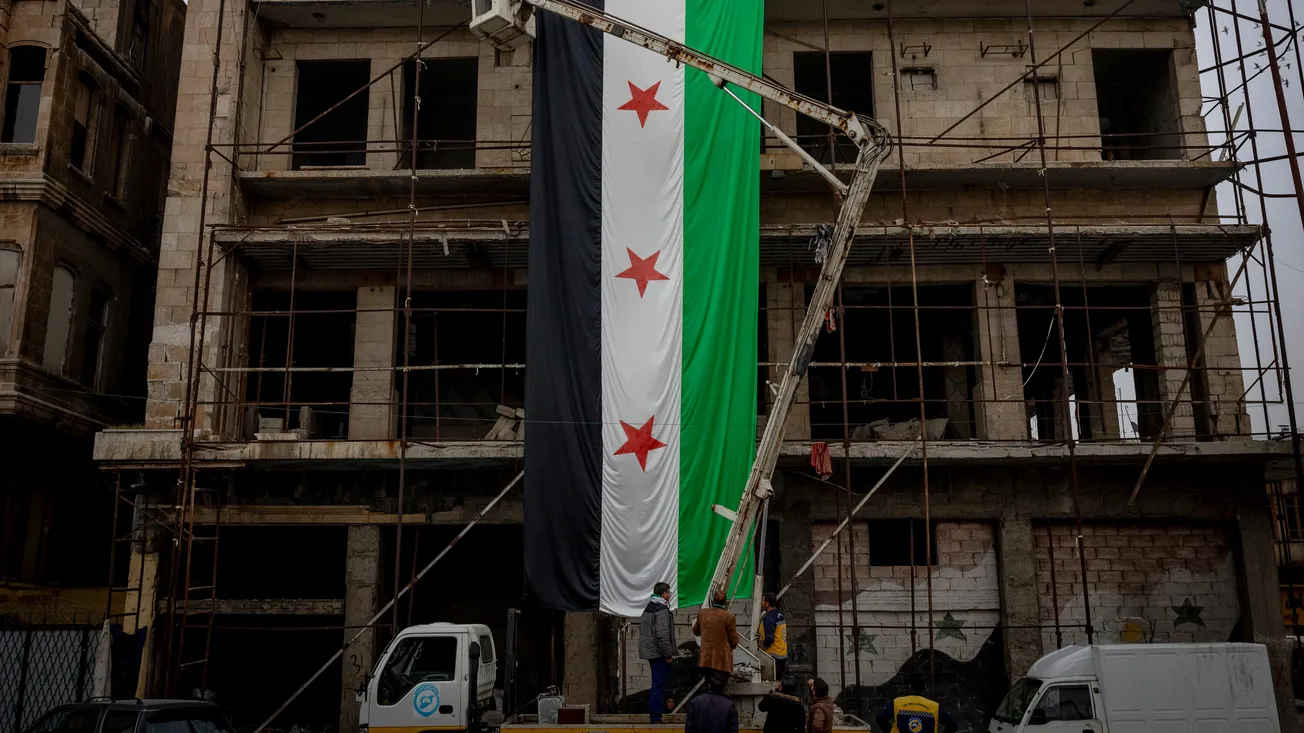In an extraordinary revelation from the deserts of northwest Saudi Arabia, archaeologists have uncovered the remains of a Bronze Age settlement in the ancient Khaybar Oasis, adding a new chapter to the history of the Arabian Peninsula. The discovery, announced by the Royal Commission for AlUla (RCU) in a recent press conference, marks a turning point in understanding the early urban development of the region. The finding, now published in the scientific journal PLOS ONE, underscores the Kingdom’s commitment to preserving its cultural and historical legacy, in line with Vision 2030’s ambitious goals.
Located in AlUla, an area renowned for its stunning landscapes, ancient rock formations, and cultural sites, the RCU is leading the charge in preserving and uncovering Saudi Arabia’s hidden heritage. Situated in the northwest of the Kingdom, AlUla is a 22,000-square-kilometre cultural and historical hub, rich with archaeological marvels, and home to the first UNESCO World Heritage site in Saudi Arabia, the ancient Nabataean city of Hegra. AlUla has drawn global attention in recent years as the Kingdom prioritises cultural heritage, tourism, and archaeological preservation.
The newly discovered settlement, known as Al-Natah, reveals a thriving community that existed between 2400 and 2000 BC, continuing to be inhabited until roughly 1500 to 1300 BC. With approximately 500 inhabitants, Al-Natah presents evidence of a complex social and economic structure, featuring well-defined residential and funerary areas within a fortified town surrounded by a 15-kilometre-long stone wall. The site suggests that Khaybar Oasis was a centre for trade and commerce, with its fertile lands likely attracting both nomadic and settled communities.
At the heart of this discovery is the transition from a largely nomadic, pastoral lifestyle to a more permanent, urban settlement. Previously, scholars believed that the Arabian Peninsula’s Bronze Age was dominated by mobile pastoral communities; however, Al-Natah provides a different perspective. The Khaybar Longue Durée Archaeological Project, spearheaded by Dr. Guillaume Charloux of the French National Centre for Scientific Research (CNRS) and Dr. Munirah AlMushawh, RCU’s archaeological survey manager, has uncovered evidence that communities in Khaybar were not only settled but thrived with agricultural practices, enhancing trade and economic stability.
Khaybar Oasis, situated on the edge of the Harrat Khaybar volcanic field, is formed at the convergence of three arid valleys, creating an oasis of life amid the harsh desert. Remarkably, the remains of Al-Natah were found buried under basalt rock, indicating that the settlement lay hidden for thousands of years, preserved by the elements.
This discovery, conducted with the collaboration of RCU, the French Agency for the Development of AlUla (AFALULA), and CNRS, reflects the Kingdom’s dedication to international partnerships aimed at exploring and preserving its rich heritage. By bringing such findings to the global stage, Saudi Arabia continues to solidify its reputation as a custodian of ancient cultures and history.
The project not only contributes to historical knowledge but aligns with Vision 2030, Saudi Arabia’s strategic framework that prioritises cultural heritage, knowledge exchange, and international cooperation. The Kingdom’s commitment to preserving its heritage is reflected in its openness to collaborate with global researchers and archaeologists, ensuring that discoveries like Al-Natah contribute to the broader understanding of human civilisation.
Al-Natah provides invaluable insights into early human settlements, challenging traditional perspectives on social and economic life in the Bronze Age. With each layer of rock uncovered, a piece of history emerges, telling the story of a thriving, interconnected society that once called the deserts of Arabia home. Through the efforts of the Royal Commission for AlUla and its international partners, the world now has a window into the distant past, where ancient societies laid the foundations of community and commerce amid the arid landscapes of the Arabian Peninsula.






